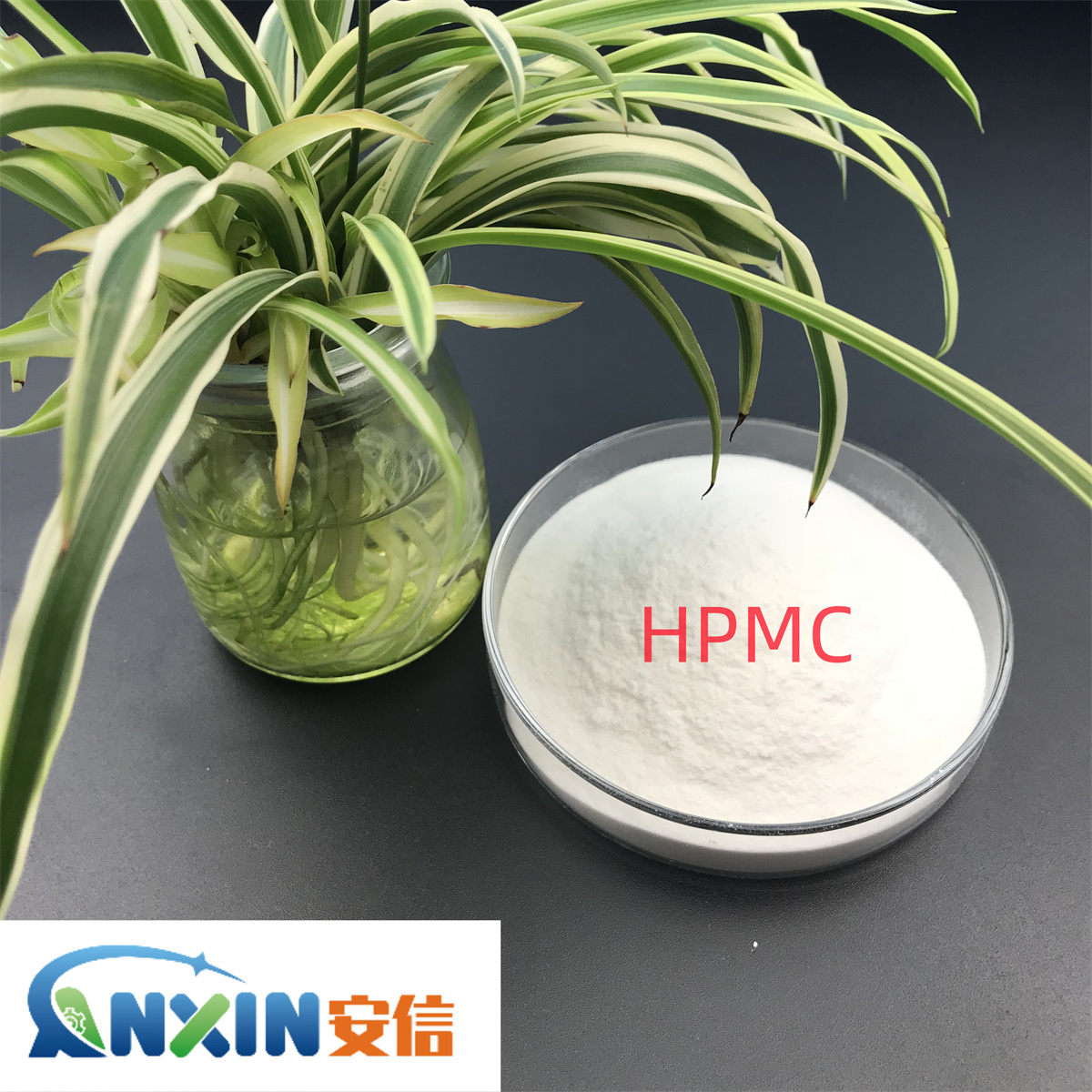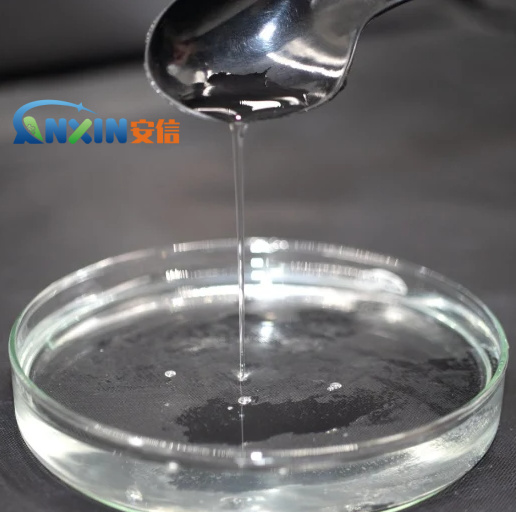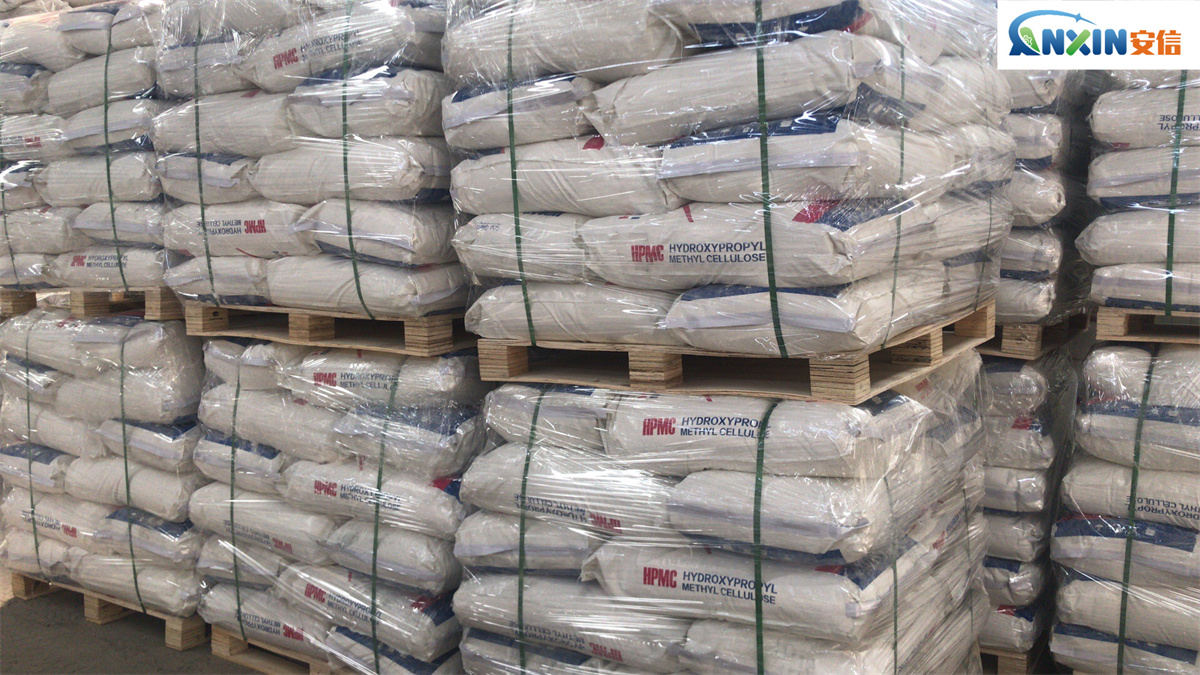Hydroxypropyl Methylcellulose (HPMC) is a water-soluble polymer commonly used in the pharmaceutical, cosmetic and food industries. Due to its excellent water solubility and viscosity adjustment properties, HPMC is widely used in gels, drug controlled release dosage forms, suspensions, thickeners and other fields. Different types and specifications of HPMC have different temperature ranges, especially when preparing HPMC gels, temperature has an important influence on its solubility, viscosity and stability.

HPMC dissolution and gel formation temperature range
Dissolution temperature
HPMC is usually dissolved in water with hot water, and the dissolution temperature depends on its molecular weight and the degree of methylation and hydroxypropylation. Generally speaking, the dissolution temperature of HPMC ranges from 70°C to 90°C, and the specific dissolution temperature is affected by the specifications of HPMC and the concentration of the solution. For example, low-viscosity HPMC usually dissolves at a lower temperature (about 70°C), while high-viscosity HPMC may require a higher temperature (close to 90°C) to completely dissolve.
Gel Formation Temperature (Gelation Temperature)
HPMC has a unique thermoreversible gel property, that is, it will form a gel within a certain temperature range. The temperature range of HPMC gel is mainly affected by its molecular weight, chemical structure, solution concentration and other additives. Generally speaking, the temperature range of HPMC gel is usually 35°C to 60°C. Within this range, the HPMC molecular chains will rearrange to form a three-dimensional network structure, causing the solution to change from a liquid state to a gel state.
The specific gel formation temperature (i.e., gelation temperature) can be determined experimentally. The gelation temperature of HPMC gel usually depends on the following factors:
Molecular weight: HPMC with high molecular weight can form a gel at a lower temperature.
Solution concentration: The higher the concentration of the solution, the lower the gel formation temperature is usually.
Degree of methylation and degree of hydroxypropylation: HPMC with a high degree of methylation usually forms a gel at a lower temperature because methylation increases the interaction between molecules.
Effect of temperature
In practical applications, temperature has a significant effect on the performance and stability of HPMC gel. Higher temperatures increase the fluidity of HPMC molecular chains, thereby affecting the rigidity and solubility characteristics of the gel. On the contrary, low temperature may weaken the hydration of HPMC gel and make the gel structure unstable. In addition, temperature changes may also cause interactions between HPMC molecules and changes in the viscosity of the solution.
HPMC gelation behavior at different pH and ionic strength
The gelation behavior of HPMC is affected not only by temperature, but also by pH and solution ionic strength. For example, the solubility and gelation behavior of HPMC at different pH values will be different. The solubility of HPMC may be reduced in acidic environments, while its solubility may be increased in alkaline environments. Similarly, an increase in ionic strength (such as the addition of salts) will affect the interaction between HPMC molecules, thereby changing the formation and stability of the gel.

Application of HPMC gel and its temperature characteristics
The temperature characteristics of HPMC gel make it widely used in drug release, cosmetic preparation and other fields:
Controlled drug release
In drug preparations, HPMC is often used as a controlled release matrix, and its gelation properties are used to regulate the release rate of drugs. By adjusting the concentration and gelation temperature of HPMC, the release of drugs can be precisely controlled. The temperature change of drugs in the gastrointestinal tract can promote the swelling of HPMC gel and the gradual release of drugs.
Cosmetics and Personal Care Products
HPMC is commonly used in cosmetics such as lotions, gels, hair sprays, and skin creams. Due to its temperature sensitivity, HPMC can adjust the texture and stability of products under different temperature conditions. Temperature changes in cosmetic formulations have a significant effect on the gelation behavior of HPMC, so the appropriate HPMC specifications need to be carefully selected when designing products.
Food Industry
In food, HPMC is widely used as a thickener and emulsifier, especially in ready-to-eat foods and beverages. Its temperature-sensitive properties enable HPMC to change its physical state during heating or cooling, thereby affecting the taste and structure of the food.

The temperature properties of HPMC gels are a key factor in their application. By adjusting temperature, concentration, and chemical modification, the properties of HPMC gels, such as solubility, gel strength, and stability, can be precisely controlled. The gel formation temperature is usually between 35°C and 60°C, while its dissolution temperature range is generally 70°C to 90°C. HPMC is widely used in the pharmaceutical, cosmetic, and food industries due to its unique thermoreversible gelation behavior and temperature sensitivity.
Post time: Jan-16-2025